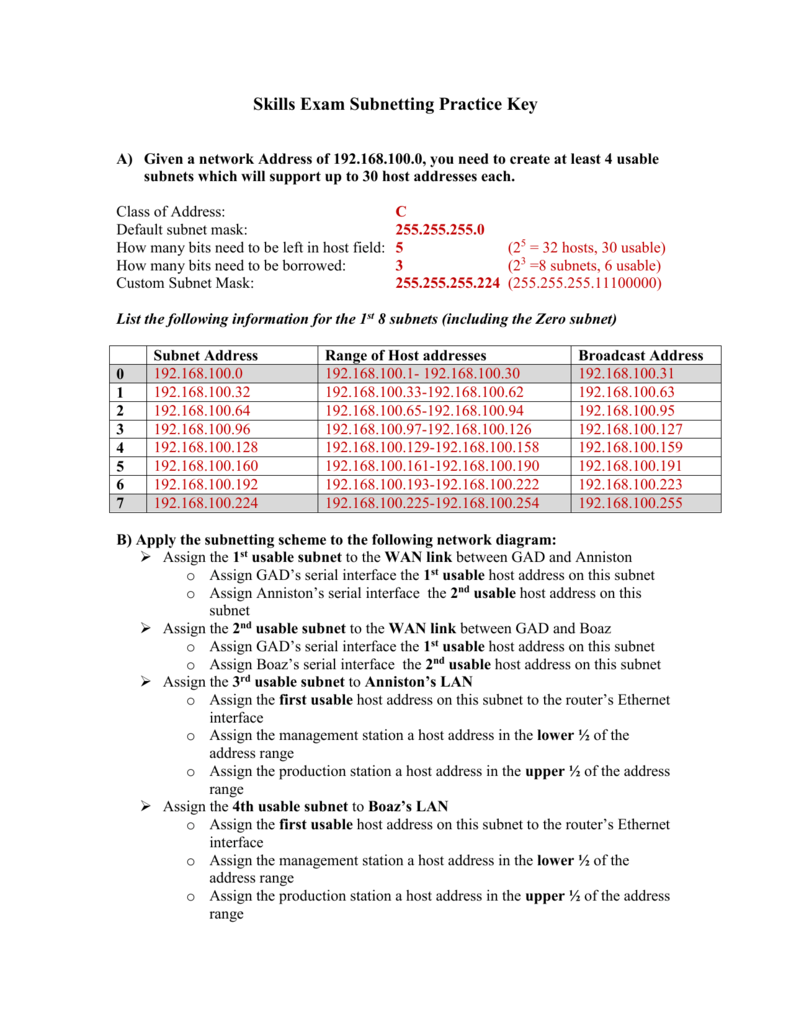

You're missing that those classes of IP addresses are just a guide of how the IP addresses should be distributed. Apple could have done this differently if they had wanted but sometimes it is best to "think the same as everyone else." :-) it's kind of arbitrary, and the setup you are seeing is pretty customary. This could give an administrator more flexibility in managing computers and other devices based on the network they are within. A more appropriate way to do things would be to set your device IP to 10.0.0.2, your gateway to 10.0.0.1, and your subnet mask to 255.255.255.252. By setting the subnet mask to 255.255.255.255, you've told the computer that nothing else is in its subnet. But also, the router could then assign IP addresses to four different subnets by handing out addresses where those last "11" bits above are held fixed at each of the following values (see Divide 192.168.1.024 into 4 subnets? for a similar example): Your default gateway needs to be in the same subnet as your device.
:max_bytes(150000):strip_icc()/example-subnet-configurations-56a1adbc5f9b58b7d0c1a216.png)
This corresponds to the following binary mask value (Subnetwork - Subnetting from Wikipedia): 11111111.11111111.11111111.11000000īy doing this, the router would be limiting the number of IP addresses it could assign within the subnet (there are fewer non-zero bits to "play with" in the mask). So the information you posted gives an indication about how the router is going to behave, but there is no reason that it could not have been configured to behave differently.įor example, the router could have used a subnet mask of 255.255.255.192. You also might want to look at What are the essentials of a Subnet mask?. There is a pretty good explanation of how these numbers work together in What is a subnet mask, and the difference between a subnet mask of 255.255.255.0 and 255.0.0.0?. So if your router has decided to use a subnet mask of 255.255.255.0 and to give you an IP address of 10.0.1.4, that means it is going to be handing out IP addresses in the range from 10.0.1.1 through 10.0.1.254 (potentially) to other computers which request an address. So, why isnt the subnet mask for common private networks, 192.168.1. Also, a convention where you use a subnet mask like 192.168.1.0 for an ip address of 192.168.1.14 would be much easier to read. This is because, a subnet mask of 255.255.255.0 would apply to thousands more potential subnets, a subnet mask of 192.168.1.0 would apply to fewer. The subnet mask specifies which part of the address range will be considered to be part of the network (the subnet) that your computer is on. A subnet mask of 192.168.1.0 would be more descriptive than 255.255.255.0. But that wouldn't say what the subnet mask was. That would mean the network mask would be 255.0.0.0. Even with classful addressing, this would be a class A network. You're also confusing subnetworks with networks.

So your reasoning is out of date by at least 17 years. VLSM has been the norm on the Internet since 1995 or so after having been proposed in 1985. What you're seeing here is VLSM (Variable Length Subnet Mask). The only place it's still used today is Cisco certification exams. Classful addressing has been relegated to the dustbin of history, made obsolete by VLSM and CIDR.


 0 kommentar(er)
0 kommentar(er)
